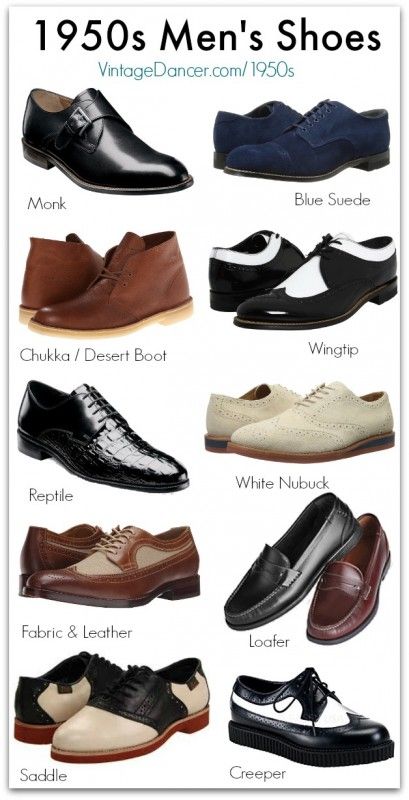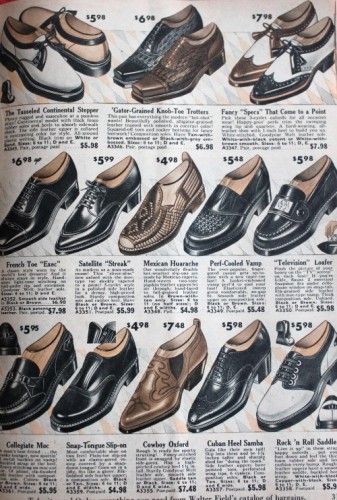Shoe shapes and requirements are fundamentally different from women’s shoes. Men’s shoes can radiate a very special elegance, but they are also comfortable and unusual.
Shoes are among the oldest items of clothing known to man. Even Ötzi stamped 5,000 years ago using stitches sewn together from different types of leather through snow and ice. Since the Stone Age, they have not only been used to warm the feet, but are also intended to protect against injuries on uneven terrain.
In the early days of shoes, there were no visible differences between men’s and women’s models, only in ancient times specific footwear for men was required in some areas. The Romans were pioneers in shoemaking when legionnaires who walked countless miles needed blister-free feet for efficient campaigns of conquest. Therefore, the Roman men’s sandals for the right and left foot were made in a different fit for the first time and offered significantly better comfort than the usual pair of shoes.
It was not until the 16th century that awareness spread in Central Europe that men’s shoes should also meet visual requirements – the high-heeled and pointed pointe shoes, which made walking almost impossible at the time, shaped the wearer’s awareness of standing and fashion. With the possibility of industrial production, men’s shoes developed into a fashion item at the beginning of the 20th century.




 Outfit and fashion ideas
Outfit and fashion ideas


